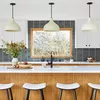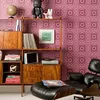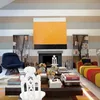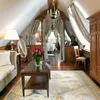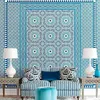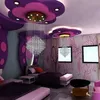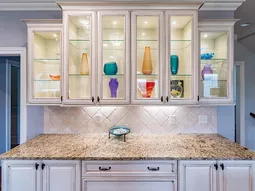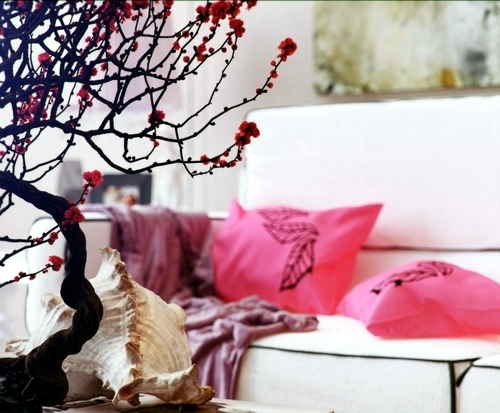
A bonsai is not a particular species of tree, not a dwarf
Bonsai in interior design
Bonsai is the Japanese a race of miniature form and maintained under the old rules tree name. These processes for cutting the roots so that the tree remains low and the son to the branches of steering control to create a tree that looks like a mature tree growth. Hundreds of species of trees can be grown as bonsai and well maintained. For many people, the art of bonsai is much more than raising beautiful houseplants or decorative items – bonsai represents harmony between man, the soul and nature.
A large bonsai – Sumpfzypresse- in the dining room gives the feeling that you are sitting in the forest
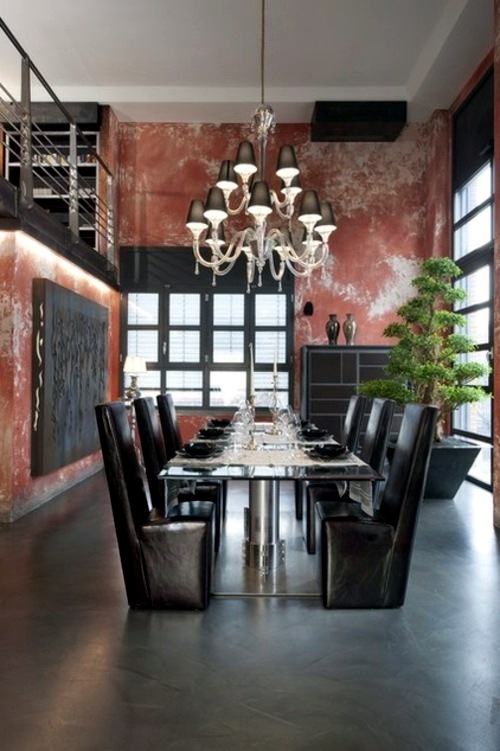 The art of bonsai originated in China there are more than 1000 years. The word bonsai means "tree in a tray." In Zen Buddhism, the Japanese adopted the art, and they altered and refined this art. Origin of bonsai can be seen only in Buddhist monasteries and in noble and finally also in the audience. families A bonsai is an exotic centerpiece and is particularly dramatic in the dark body, accented with bright colors
The art of bonsai originated in China there are more than 1000 years. The word bonsai means "tree in a tray." In Zen Buddhism, the Japanese adopted the art, and they altered and refined this art. Origin of bonsai can be seen only in Buddhist monasteries and in noble and finally also in the audience. families A bonsai is an exotic centerpiece and is particularly dramatic in the dark body, accented with bright colors 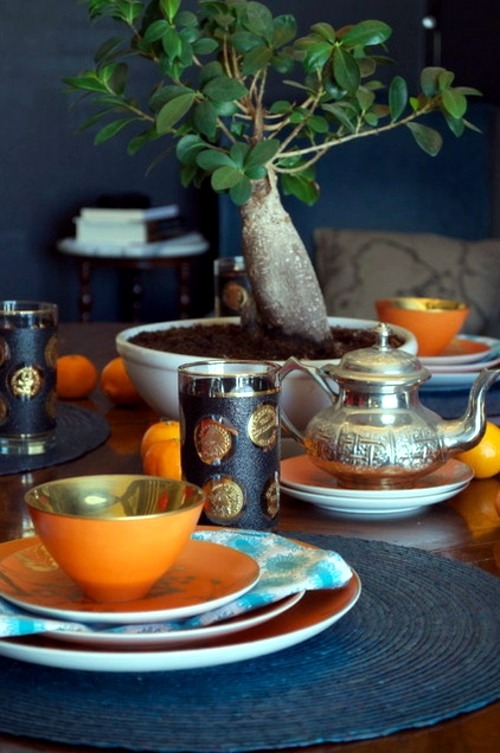 Ginseng Ficus Bonsai in the picture is known as soft, so you can start. Ginseng Ficus grows well outdoors in tropical and subtropical climates, but it really needs some sun. It also grows well versed in the house and should not be exposed to direct sunlight, which burns its fine leaves and prevents its growth. A large bonsai tree near a base unit corresponds to this space with modern design
Ginseng Ficus Bonsai in the picture is known as soft, so you can start. Ginseng Ficus grows well outdoors in tropical and subtropical climates, but it really needs some sun. It also grows well versed in the house and should not be exposed to direct sunlight, which burns its fine leaves and prevents its growth. A large bonsai tree near a base unit corresponds to this space with modern design  Its shape, as if whipped by the wind, invites us to look outside and connects the room with space.
Its shape, as if whipped by the wind, invites us to look outside and connects the room with space.
This tree looks gorgeous here, but bonsai conifers like pine and cypress are not recommended as houseplants and would not have a long life. If you are planning for your bonsai interiors, consider. These little plants of tropical species such as cherry, hibiscus, camellia, Ginseng Ficus, Schefflera Chinese Schorn or develop at much higher temperatures and do not need a rest period. Bonsai tree is the house in good Japanese style even see the room is not completely rounded without him 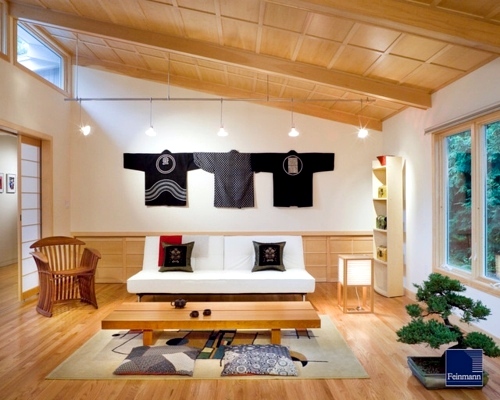 Bonsai are usually outside, but the conditions to better meet their needs and spend only a few days at home. If you do not know which type is adapted to their environment, then just choose a tree that grows in size with you. A boat, with its compact size, is very suitable for bonsai
Bonsai are usually outside, but the conditions to better meet their needs and spend only a few days at home. If you do not know which type is adapted to their environment, then just choose a tree that grows in size with you. A boat, with its compact size, is very suitable for bonsai  Placed on the breakfast table, it's interesting wall panels and sets the point of the otherwise invisible body in the sea of wood. A small bonsai can be one of three decorative items and goes particularly well with cabinets Asian style
Placed on the breakfast table, it's interesting wall panels and sets the point of the otherwise invisible body in the sea of wood. A small bonsai can be one of three decorative items and goes particularly well with cabinets Asian style  In the picture is a Schefflera – tropical species that grows well in the house.
In the picture is a Schefflera – tropical species that grows well in the house.
One bonsai is styled on the dining table and matches the shape of chandelier branch above. Standards Extreme contrast to the relatively small Ginseng Ficus and abstract painting dynamic space  Despite its small size, bonsai leaves the eye to stop and look at the painting. Schlichterer A bonsai is a great addition to the traditional cuisine with modern elements
Despite its small size, bonsai leaves the eye to stop and look at the painting. Schlichterer A bonsai is a great addition to the traditional cuisine with modern elements  Its location on the basin suggests a window pastoral views. The Chinese elm is one of the most popular bonsai tree species due to their resistance to lower conditions. It grows quickly, can be formed in different shapes and develops inside and outside. It is a deciduous tree and loses its leaves in the winter when it is outside. A light wet room bathroom is a good support for Bonsai
Its location on the basin suggests a window pastoral views. The Chinese elm is one of the most popular bonsai tree species due to their resistance to lower conditions. It grows quickly, can be formed in different shapes and develops inside and outside. It is a deciduous tree and loses its leaves in the winter when it is outside. A light wet room bathroom is a good support for Bonsai  The location at the end of the bath a long accentuated fundamental bonsai aesthetic properties -. Makes you feel as if he sees a blown off a bonsai tree vine brings drama in this blue bathroom
The location at the end of the bath a long accentuated fundamental bonsai aesthetic properties -. Makes you feel as if he sees a blown off a bonsai tree vine brings drama in this blue bathroom  A bathroom with dark blue walls pigmented, recall the Moroccan style. Sure, you can make your bonsai in a dark room for a while, but it must be maintained primarily outside, in this case, where the vine grows well. If you want to grow bonsai, then plan an outdoor area for your art installations – how each collection to see the trees in groups to better
A bathroom with dark blue walls pigmented, recall the Moroccan style. Sure, you can make your bonsai in a dark room for a while, but it must be maintained primarily outside, in this case, where the vine grows well. If you want to grow bonsai, then plan an outdoor area for your art installations – how each collection to see the trees in groups to better  Bonsai can be grown in different pots, low rectangular bowls are traditionally chosen for the effect to be achieved, as the tree grows from the ground. Moss green or pebbles on the ground are the most beautiful arrangement and bring these miniature trees a temperature almost irresistible charm Bonsai care. Depending on the species, trees with rest periods in winter than maple, larch, pine and juniper can without time Not living inside.
Bonsai can be grown in different pots, low rectangular bowls are traditionally chosen for the effect to be achieved, as the tree grows from the ground. Moss green or pebbles on the ground are the most beautiful arrangement and bring these miniature trees a temperature almost irresistible charm Bonsai care. Depending on the species, trees with rest periods in winter than maple, larch, pine and juniper can without time Not living inside.
Light requirements: light requirements are also different depending on the species, but most bonsai need lots of light. Water needs: depending on the species of trees may be requested soil dry, damp or wet. The soil should be allowed to dry in the tropical and subtropical species dormant in winter and are actively molded the next growth. Soil: loose soil, rapid drainage, buy bonsai soil for the specific fertilizer types: Depending on the species of bonsai trees, but most species were fertilizer grateful Repotting: Usually necessary for the care of bonsai, function growth and age of the plant repotting is done in certain time periods. For many species, it is once a year. Tools: Special tools for the care of bonsai are sold as cutting and forming bonsai tips for buyers 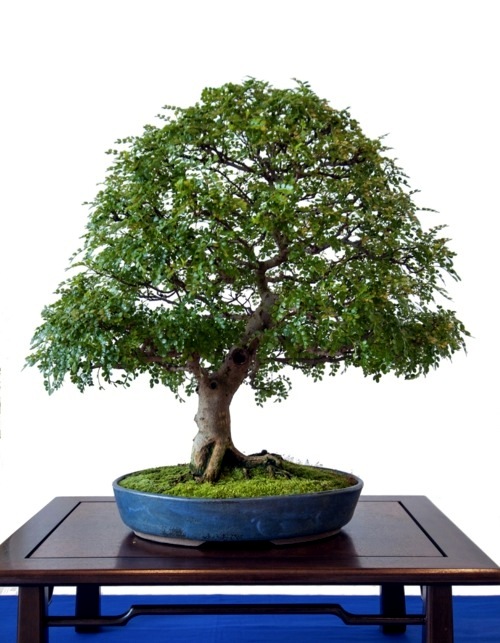 The tree newspaper traditional polish is thicker down and come to a head. Avoid plants with scars, the tree should be smooth. Exposed roots should be firmly anchored in the tray, with no protruding parts. Search trees with dense, bright and airy needles or leaves without wrinkled or wilted areas. Enjoy a bonsai tree in the middle of the shell, if the shell is not big enough and there is no danger that the tree falls. Three ideas for bonsai
The tree newspaper traditional polish is thicker down and come to a head. Avoid plants with scars, the tree should be smooth. Exposed roots should be firmly anchored in the tray, with no protruding parts. Search trees with dense, bright and airy needles or leaves without wrinkled or wilted areas. Enjoy a bonsai tree in the middle of the shell, if the shell is not big enough and there is no danger that the tree falls. Three ideas for bonsai 
